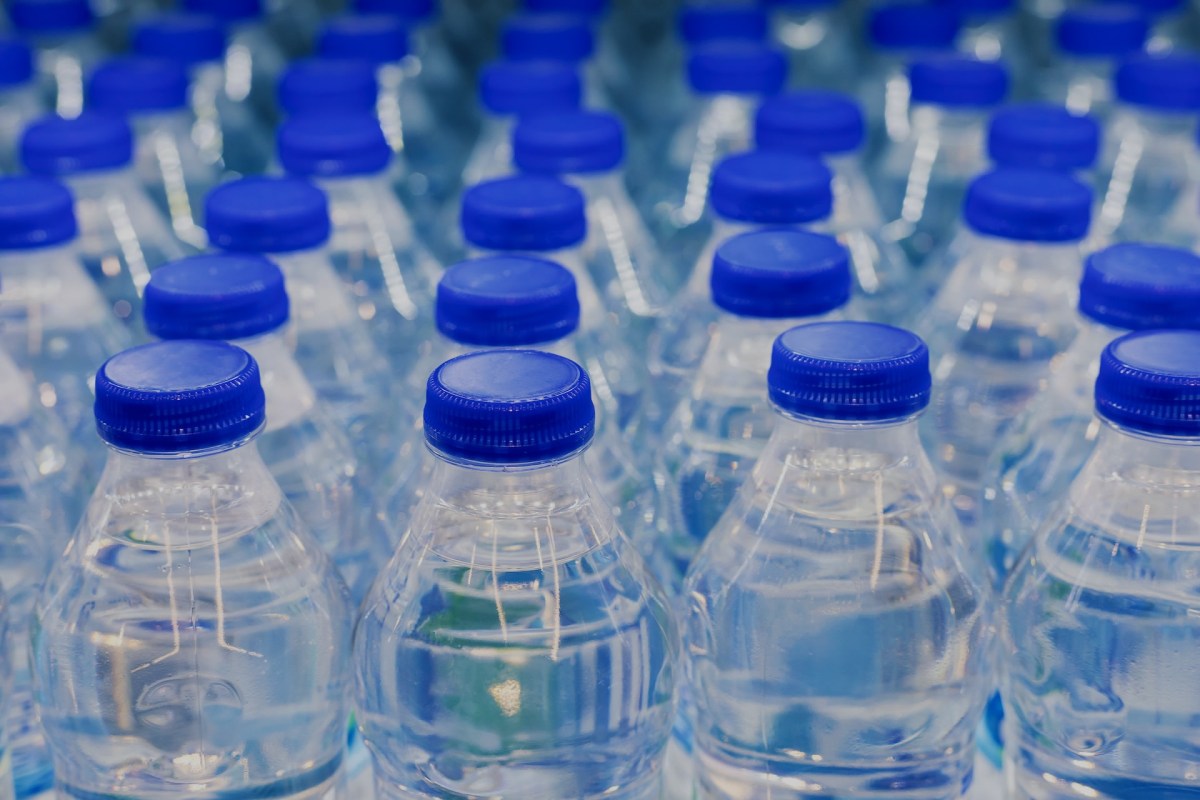An average one-liter bottle of water sold in the United States could have around 240,000 plastic particles floating around in it, according to researchers.
What happened?
A new study found an abundance of nanoplastics — tiny plastic particles that are about one-seventieth the width of a human hair — in bottled water.
An average one-liter (33-ounce) bottle could contain around 240,000 of them, according to the research. This is up to 100 times more plastic particles than previously believed. This jump is due to a widened scope — previous studies only accounted for microplastics that measured between 1 and 5,000 micrometers.
In order to detect nanoplastics, the study's authors invented a new microscopy technique. They analyzed around 25 liters of bottled water from three popular U.S. brands, and found 110,000 to 370,000 plastic particles in each liter — 90% of which were nanoplastics.
"Previously this was just a dark area, uncharted. Toxicity studies were just guessing what's in there," Beizhan Yan, the study's co-author and an environmental chemist at Columbia University, told Bloomberg. "This opens a window where we can look into a world that was not exposed to us before."
Why is this study concerning?
Scientists do not fully understand the consequences of exposure to all these tiny plastic particles. However, they could contribute to the development of a number of health problems including cancer, neurodevelopmental conditions, and food allergies.
Nanoplastics are of particular concern because they're small enough to penetrate human cells and enter the bloodstream, potentially impacting organs. These tiny particles can also pass through the placenta and into the bodies of unborn babies, Bloomberg reports.
Water is not the only way microplastics and nanoplastics are entering our bodies. They've also been detected in fruits and vegetables and meat, among other foods and beverages.
What's being done about microplastics and nanoplastics?
Microplastics and nanoplastics are a result of our global plastic consumption — we produce more than 450 million tons of plastic each year, with much of it ending up in landfills. Much of it eventually makes its way into waterways, threatening wildlife.
Some companies and governments are trying to make a difference, however. For example, Pepsi is testing reusable packaging to take the place of plastic bottles. Countries like England and France have banned plastic cutlery for most fast food and takeout meals while major cities like Los Angeles have banned Styrofoam takeout containers.
You can help by investing in items like metal razors, reusable water bottles, shampoo bars, dissolvable dishwasher/laundry pods, and non-plastic sandwich bags.
Meanwhile, the researchers involved in the new nanoplastics research plan to expand their investigations to study nanoplastics in tap water and snow samples from western Antarctica.
"There is a huge world of nanoplastics to be studied," Wei Min, co-author and a biophysicist at Columbia University, told Bloomberg.
Join our free newsletter for weekly updates on the coolest innovations improving our lives and saving our planet.









